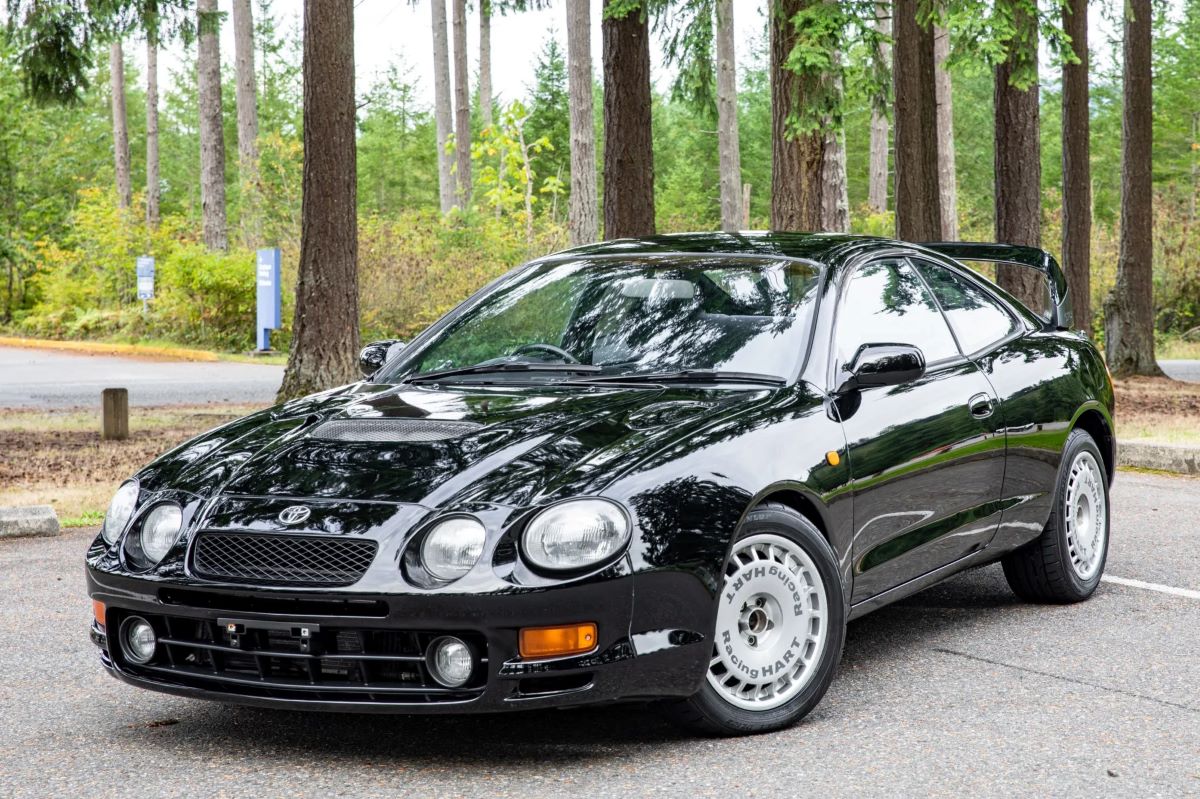Rally racing has long been a fiercely competitive discipline, with some of the world’s most iconic cars being engineered specifically to tackle the challenging terrain and unpredictable conditions of competitive off-road racing.
The sport has produced legends, such as the Subaru Impreza WRX, the Lancia Delta Integrale, and the Mitsubishi Lancer Evolution—each representing a golden era of dominance in the World Rally Championship (WRC).
However, nestled in the shadow of these celebrated machines is a forgotten hero, a sports coupe that left a significant mark on the rally world but is rarely mentioned today in discussions about rally racing history.
In the late 1980s and early 1990s, a unique car emerged that defied the expectations of rally enthusiasts, gaining recognition for its power, precision, and consistent performance on the world’s toughest rally stages. The car I’m referring to is the Toyota Celica GT-Four.
While Toyota’s more recent success with models like the Yaris WRC has garnered worldwide acclaim, the Celica GT-Four represents a different era of rally racing where manufacturers like Toyota were defining their presence in the sport in ways that would lay the foundation for future success.
Also Read: 5 Vehicles That Survive Any Terrain and 5 That Don’t Belong Off-Pavement
Although it’s often overshadowed by other rally legends, the Celica GT-Four was one of the first true “sports coupes” to become a dominant force in rallying, proving that this niche could not only compete but excel in one of the most unforgiving motorsports in the world.
This article takes a deep dive into the legacy of the Toyota Celica GT-Four, exploring its rally heritage, the engineering genius behind the car, and the reasons why it remains a forgotten but vital part of rally history. We’ll also touch on the vehicle’s role in the evolution of Toyota’s rally program and how it helped shape the future of the brand in motorsport.
Despite being overshadowed by other models, the Celica GT-Four’s contribution to rally racing should not be forgotten.
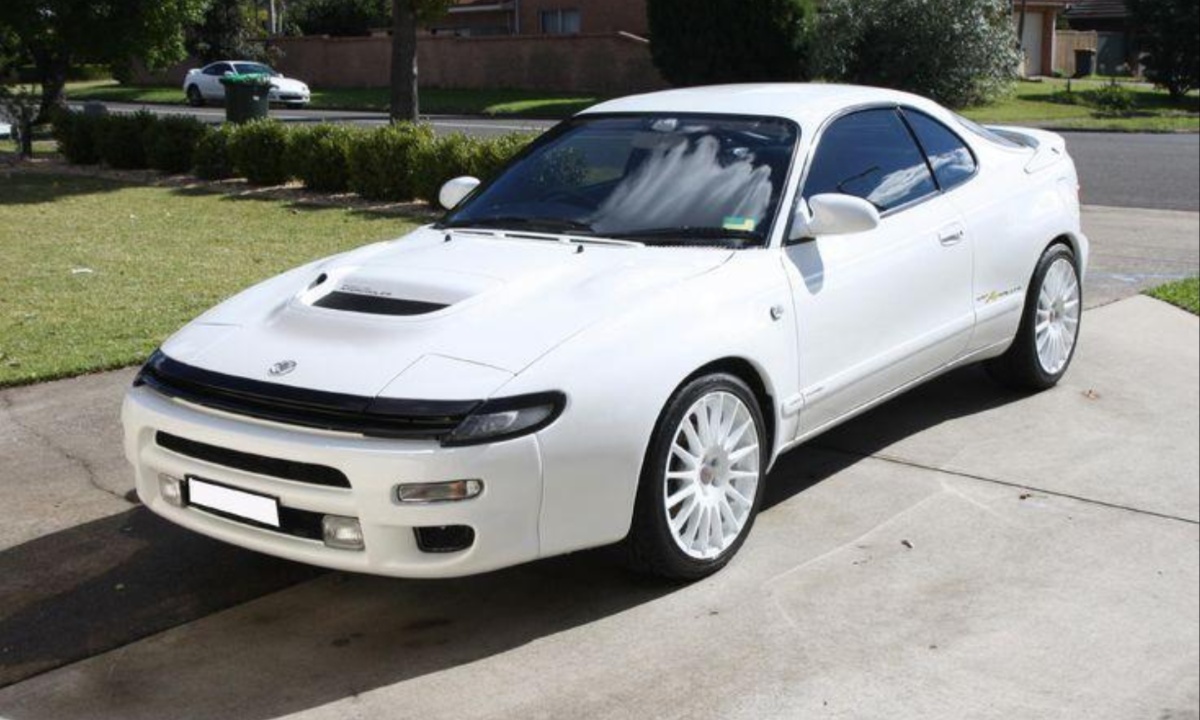
The Birth of the Toyota Celica GT-Four
The Toyota Celica GT-Four was introduced in 1986, built to meet the FIA Group A regulations, which required manufacturers to produce a road-going version of a car they intended to use in rally competition.
While the Celica had already been a popular model in the sports coupe market, the introduction of the GT-Four version marked a significant shift in Toyota’s approach to motorsport. It was the beginning of a new chapter where Toyota sought to combine its engineering prowess with the raw, unbridled performance needed for rally domination.
At the heart of the Celica GT-Four was an advanced all-wheel-drive (AWD) system, a feature that set it apart from many of its competitors. The car was powered by a turbocharged 2.0-liter four-cylinder engine, which generated impressive power, particularly considering the car’s relatively lightweight design.
This combination of power and agility gave the Celica GT-Four the perfect balance for tackling gravel, snow, and tarmac, all while maintaining reliability that was vital for long-distance rally stages. Toyota also placed great emphasis on the car’s handling, ensuring that it could deliver both the speed and the control needed in the harshest of rally conditions.
The Celica’s debut in the World Rally Championship was nothing short of successful. In 1988, the Celica GT-Four made its mark with the legendary rally driver Carlos Sainz, who would go on to become one of the most successful and respected drivers in rally history.
His partnership with the Celica GT-Four was fruitful, as he quickly adapted to the car’s unique handling characteristics, leading the team to victory in various rallies across Europe. This marked the start of a long and prosperous relationship between Toyota and rallying.

Performance and Engineering Excellence
What made the Toyota Celica GT-Four such a formidable competitor in rallying wasn’t just its engine, but the meticulous attention to detail in its engineering. The AWD system, a hallmark of the GT-Four, was developed by Toyota with performance in mind, ensuring the car could maintain traction on various surfaces, from muddy tracks to icy roads.
The sophisticated suspension system allowed the Celica to take on the rigors of off-road racing without losing stability or speed.
The turbocharged 2.0-liter engine in the GT-Four produced roughly 190 to 250 horsepower (depending on the model and year), which was enough to give the car blistering acceleration and speed. This engine was mated to a 5-speed manual transmission, providing the driver with full control over gear shifts.
While it was by no means the most powerful car in the rally field at the time, the Celica’s combination of lightweight construction, precise handling, and solid reliability made it a tough contender.
In terms of durability, the Celica GT-Four had a reputation for being surprisingly robust compared to some of its competitors. While other rally cars were often plagued with mechanical failures and fragile components, the Toyota Celica was known for its ability to stay on the road, even under the most grueling conditions.
This reliability, coupled with its engineering, made the Celica GT-Four a consistent performer in a sport where failure could be the difference between victory and disaster.
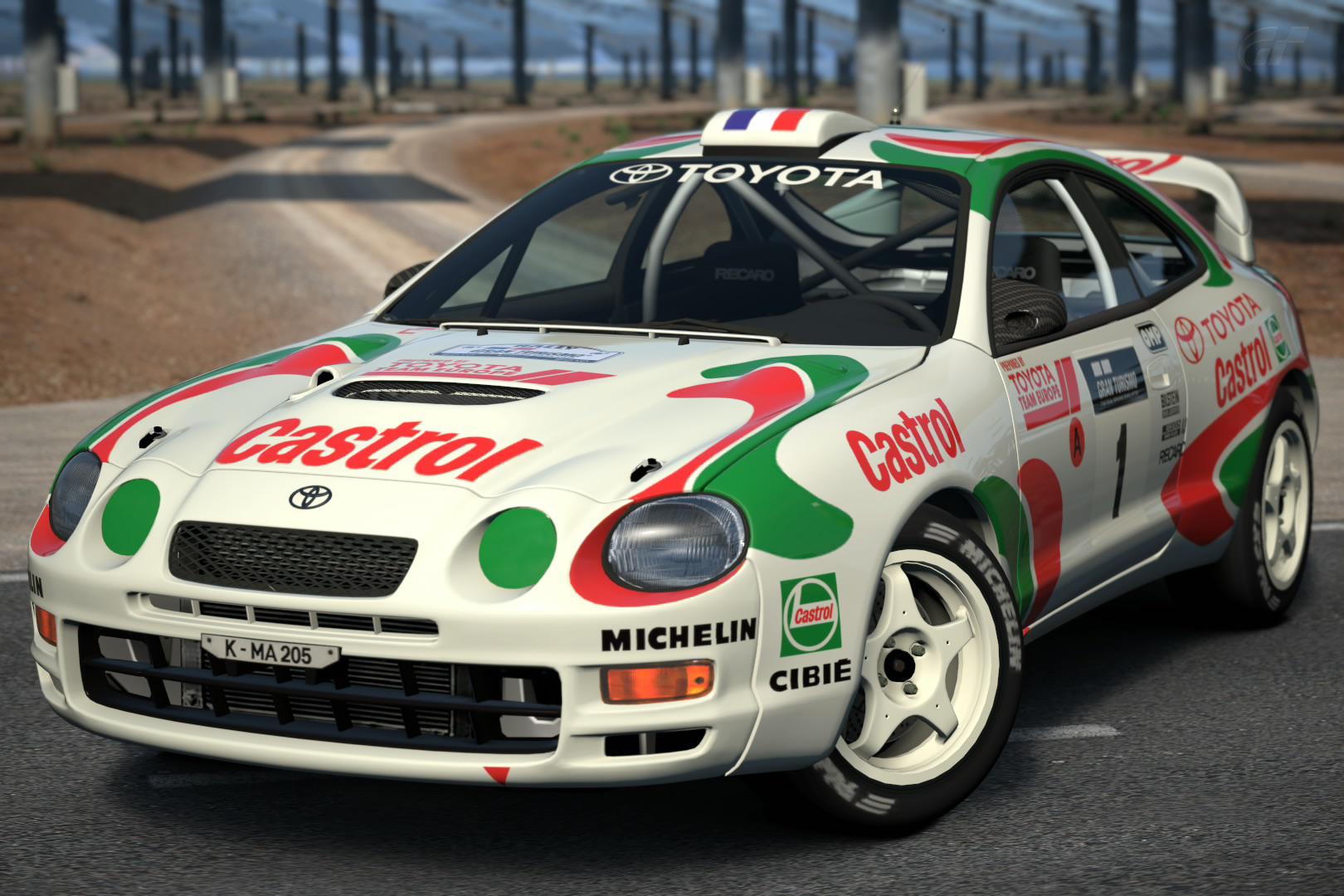
The Celica GT-Four’s Rally Success
The Celica GT-Four truly found its place in rally racing thanks to the efforts of skilled drivers and the outstanding support from Toyota’s engineering team.
The car’s rally career reached its peak in the early 1990s, with victories in prestigious events such as the WRC Safari Rally and the Catalunya Rally. Toyota’s success with the Celica was solidified when the team won the 1990 Manufacturers’ Championship in the World Rally Championship, a major milestone for the brand and for the Celica itself.
Carlos Sainz’s 1990 WRC campaign with the Toyota Celica GT-Four was one of the most notable and successful periods in the car’s history. His victory at the 1990 Safari Rally was a defining moment for the GT-Four, showcasing the car’s strength and stamina in one of the most brutal rally events in the world.
Over the years, the Celica GT-Four would become synonymous with consistent podium finishes, thanks to its proven performance and competitive edge. The car’s dominance on different rally surfaces—gravel, snow, asphalt—made it one of the most versatile machines of its time.
The Toyota Celica GT-Four’s success also laid the foundation for the development of later Toyota rally cars, including the iconic Toyota Corolla WRC.
The lessons learned from the Celica GT-Four would inform future designs, as Toyota’s motorsport department continued to push the envelope for performance and reliability. Even after the Celica was replaced by other models in Toyota’s rally lineup, the legacy of the GT-Four remained deeply embedded in the company’s motorsport DNA.
Why It’s Forgotten: The End of an Era
Despite its success, the Celica GT-Four has gradually faded from the spotlight, overshadowed by other rally legends like the Subaru Impreza WRX and the Mitsubishi Lancer Evolution.
Part of the reason for its fading reputation is that the Celica’s rally career came to a halt in the early 1990s, with the car being replaced by newer models in Toyota’s motorsport lineup.
The Celica’s departure from rallying was part of a broader shift in the sport, where newer technologies, such as electronic turbocharging and more advanced AWD systems, became more prevalent. As the World Rally Championship evolved, so too did the requirements for competitive vehicles, and the Celica was phased out in favor of newer models.
However, the legacy of the Toyota Celica GT-Four still remains strong among rally enthusiasts and vintage car collectors. While the car may no longer be a front-runner in modern rally events, its impact on the sport cannot be understated.
The Celica GT-Four remains a symbol of Toyota’s commitment to motorsport, demonstrating that even the most humble sports coupes can become legends on the rally stage.
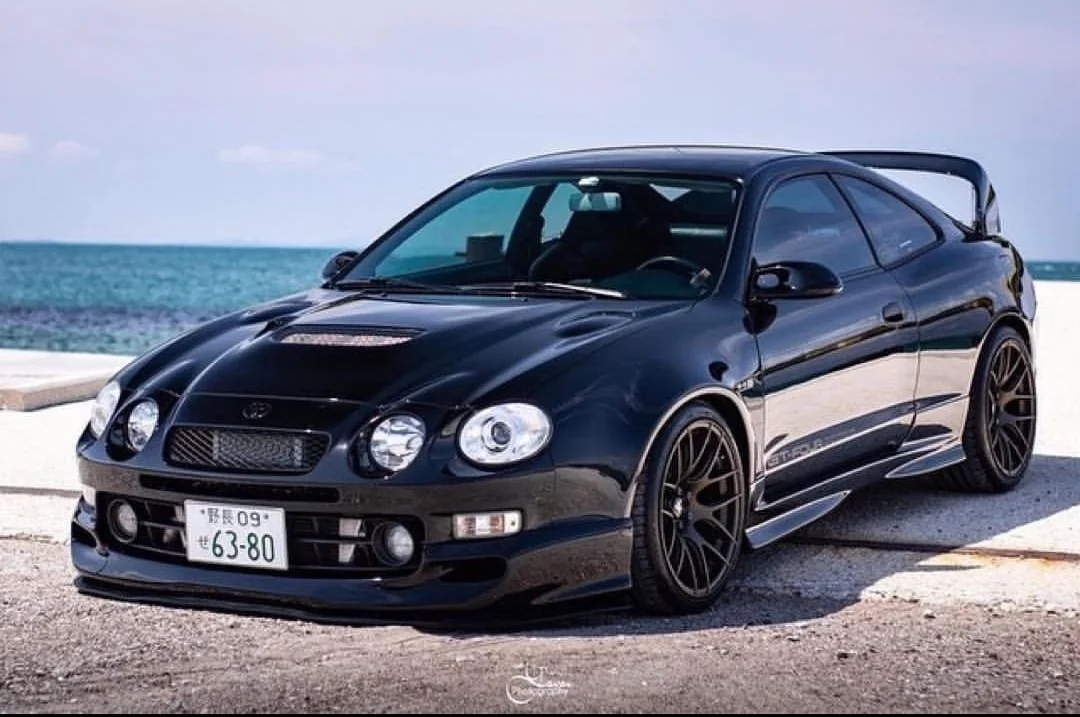
The Toyota Celica GT-Four, often relegated to the sidelines of rally racing history, holds a legacy that is far more significant than many realize. While the modern rally scene is dominated by vehicles like the Subaru Impreza WRX and the Mitsubishi Lancer Evolution—both of which have achieved legendary status in the motorsport world—the Celica GT-Four stands as a cornerstone in Toyota’s motorsport history.
The success it achieved in the late 1980s and early 1990s paved the way for Toyota’s future dominance in the rally world, making it not just a forgotten hero but a foundational model that helped shape the company’s motorsport strategy.
The GT-Four’s victories, particularly under the guidance of drivers like Carlos Sainz, were instrumental in proving that a well-balanced, well-engineered sports coupe could perform just as effectively in rally racing as larger, more traditional machines.
What set the Celica apart was its unique combination of power, agility, and remarkable reliability in extreme conditions. In a sport known for punishing its vehicles, the Celica consistently stayed in the race, often outperforming other cars that were considered more powerful or technologically advanced. Its ability to hold its ground, even in events like the notoriously tough Safari Rally, solidified its status as a formidable competitor.
Despite its success, the Celica GT-Four eventually gave way to newer models in Toyota’s lineup, most notably the Toyota Corolla WRC. As rallying evolved, so too did the technology, and the once-revolutionary AWD system and turbocharged engine of the GT-Four became less competitive compared to the next generation of cars.
The vehicle’s departure from the rally stage, combined with the rise of other iconic models, led to its gradual fade from the spotlight. For many, it became one of those hidden gems in the history of motorsport—a car with a brief but brilliant tenure.
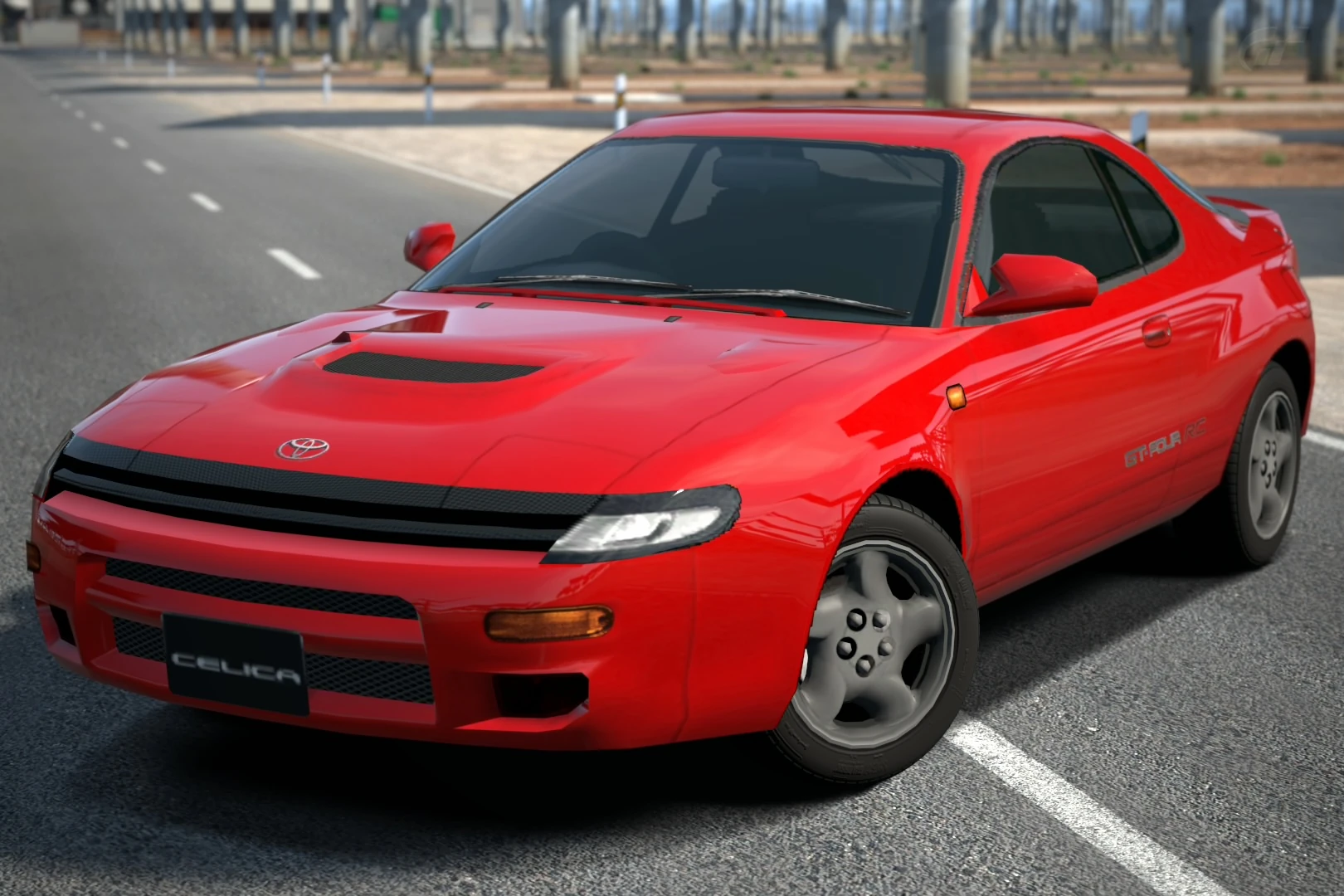
However, the GT-Four’s significance in rally history is undeniable. Its influence is still felt in the way Toyota approached rallying for years to come.
The lessons learned during its years of competition laid the groundwork for future victories in motorsport, helping to solidify Toyota’s reputation as one of the most successful manufacturers in the world of rally racing.
Moreover, its understated yet impressive performance in the WRC continues to be celebrated by fans and collectors of classic rally cars. Even though it’s not a car that immediately comes to mind when discussing rally legends, the Celica GT-Four deserves to be remembered as one of the key vehicles that helped shape the sport.
Today, the Celica GT-Four stands as an enduring symbol of Toyota’s commitment to motorsports, particularly in rally racing.
Its legacy isn’t just about the races it won or the championships it helped secure; it’s also about how it demonstrated that even a sports coupe, with its sleek styling and unique characteristics, could rise to the occasion when engineered for the extreme demands of rally racing.
Also Read: 10 Vehicles With Best Long-Term Fuel Economy That Save You Money Year After Year
The car’s engineering brilliance, coupled with its success in competitive events, helped establish Toyota as a force to be reckoned with on the rally stage—a reputation that continues to this day.
For enthusiasts and collectors, the Celica GT-Four represents a piece of rally history that is often overlooked but remains undeniably important. The car might not have the global recognition of some other rally icons, but for those who remember its days in competition, the Toyota Celica GT-Four will always be a key player in the story of rally racing’s golden era.
It’s a reminder that not all legends are loudly celebrated—some, like the Celica, are quietly revered by those who appreciate the depth of their contributions to the sport.

